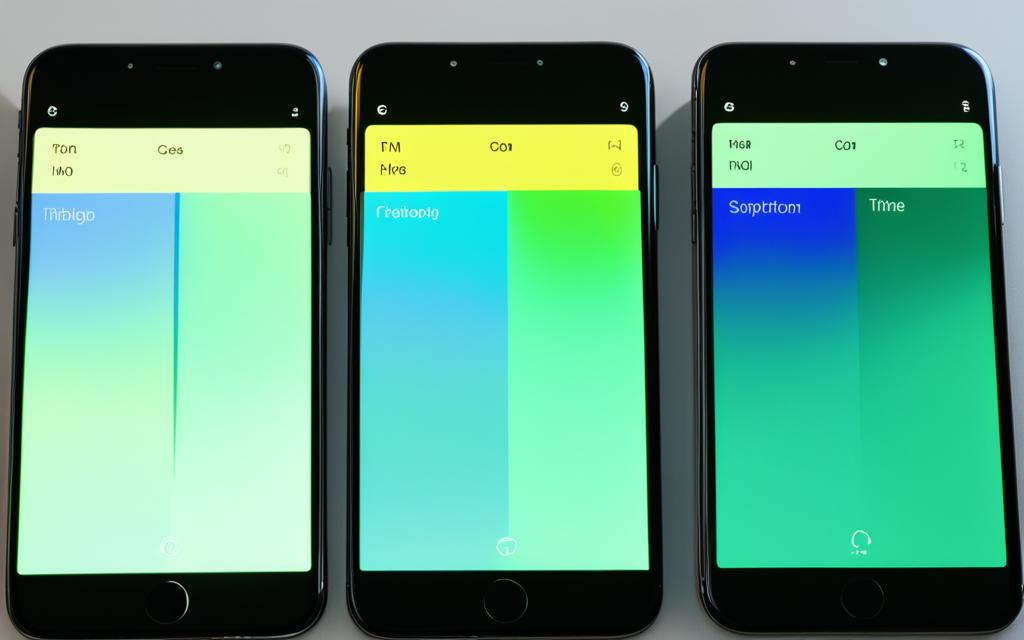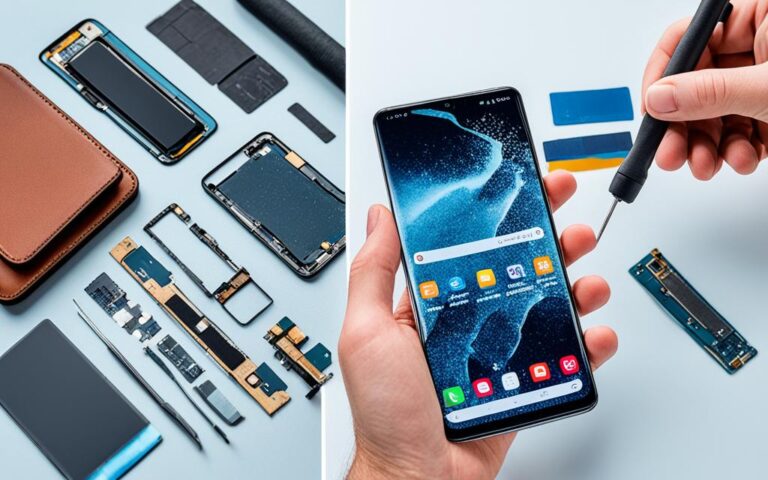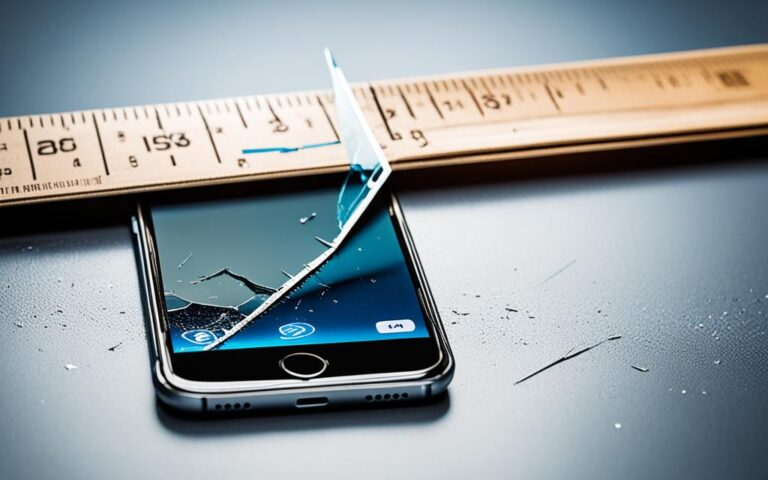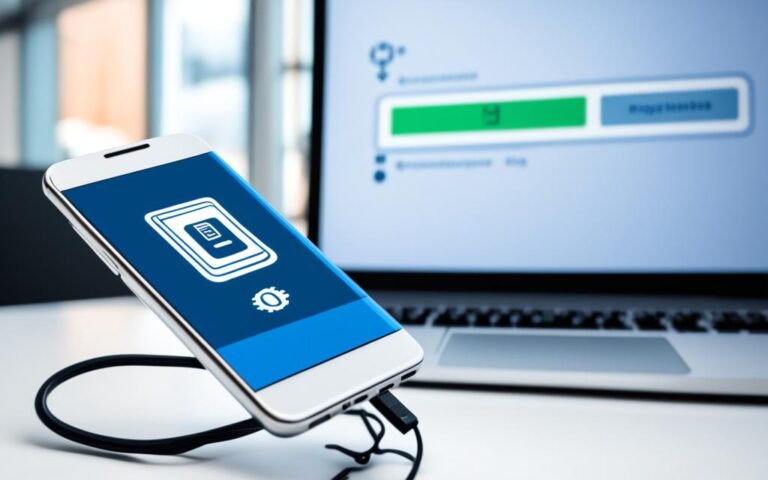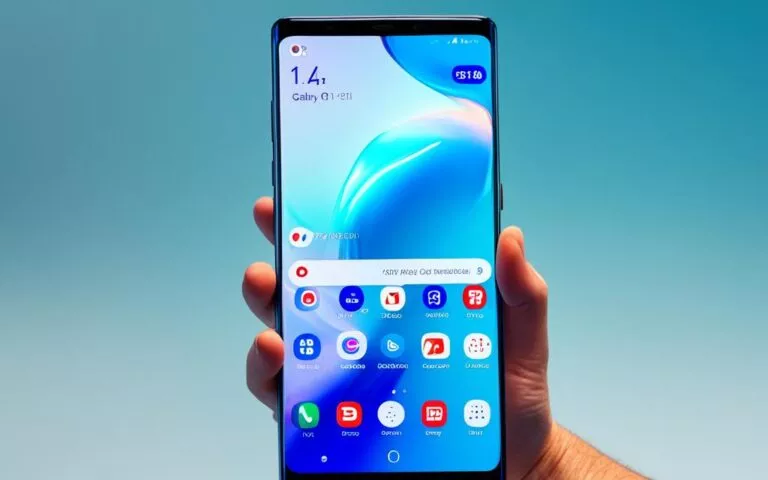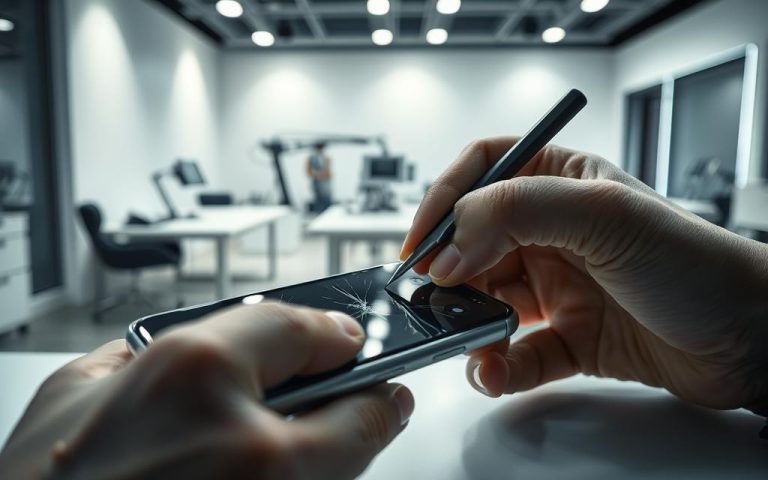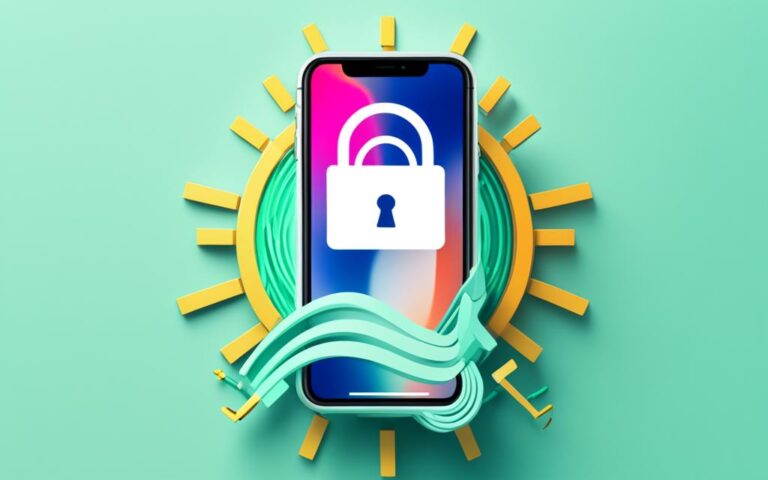Cell Phone Display Color Calibration: Repairing Screen Tints
Cell phone display calibration is a crucial process for repairing screen tints and ensuring accurate colours on mobile devices. Screen tints, also known as colour tinting, can occur on OLED panels and are most commonly seen as green or pink tints on the display. This issue is especially prevalent in OnePlus devices. Green tinting is typically visible in low lighting conditions with the device at reduced brightness, while pink tinting can occur in some units of certain devices. The tinting is caused by a shift in colour due to a deposition process during display calibration. Understanding the causes of screen tinting is important in finding effective methods to fix it.
Screen tints, whether they are green or pink, can be a frustrating problem for cell phone users. These tints affect the overall visual experience by distorting colours on the display. However, with proper cell phone display calibration, it is possible to fix these screen tints and restore accurate colours to the screen. In this article, we will explore what screen tinting is, the reasons behind it, and methods to fix it. Whether you are dealing with a green tint or pink tint on your cell phone’s display, this article will provide valuable insights and solutions.
What Is Screen Tinting?
Screen tinting, whether it is green tinting or pink tinting, refers to a hue that develops on an AMOLED display when the smartphone is under 15-20% brightness. This tinting is not spread uniformly across the entire screen but is more evident in specific sections.
The process of color calibrating the display involves the deposition of RGB emitting layers on each white pixel of the display using a color mask stencil. If this mask is disturbed or not placed accurately during deposition, it can result in non-uniform color output on the display.
Screen tinting can be a visible issue but is not majorly problematic for most users.
Understanding Screen Tinting
Screen tinting occurs on AMOLED displays, which are commonly used in smartphones. When the display brightness is set to a low level, typically under 15-20%, a green or pink tint becomes noticeable. This tint is not evenly distributed across the entire screen but appears in specific areas.
The root cause of screen tinting is the color calibration process during manufacturing. To achieve accurate colors, RGB emitting layers are deposited on each white pixel of the display using a color mask stencil. If the mask is disturbed or misplaced during deposition, it can lead to uneven color distribution on the screen.
While screen tinting can be visually apparent, it is not a significant problem for most users. It primarily affects the display’s hue in specific lighting conditions and brightness settings.
Impact of Screen Tinting
The effects of screen tinting are more noticeable in display quality enthusiasts and individuals with a keen eye for color accuracy. However, for the average user, the issue may go unnoticed or have minimal impact on overall smartphone usage. Only under specific circumstances and viewing conditions does screen tinting become apparent.
“Screen tinting, whether green or pink, is a minor visual discrepancy that most users may not even notice in their everyday smartphone interactions.” – Display Expert
Despite being a relatively minor issue for most users, screen tinting can still be bothersome for those seeking a flawless display experience.
Screen Tinting Comparison
| Aspect | Green Tinting | Pink Tinting |
|---|---|---|
| Hue | Greenish tint | Pinkish tint |
| Visible Under | Low brightness and lighting conditions | Specific device units |
| Prevalent in | OnePlus devices | Some units of certain devices |
| Cause | Deposition process during color calibration | Deposition process during color calibration |
Reasons for Screen Tinting
Screen tinting, an issue that can affect OLED displays, is primarily caused by the deposition process used during color calibration. This process involves the deposition of RGB emitting layers on each white pixel of the display, which is achieved using a color mask stencil.
If the color mask stencil is disturbed or not placed accurately during the deposition process, it can result in errors in the spacing of the color deposits. Consequently, this leads to non-uniform color output on the display, resulting in the appearance of screen tinting.
This issue is more likely to occur during the manufacturing process, particularly on defective units. While screen tinting is not a major concern for most users, it can become visible under specific lighting and brightness conditions.
To help illustrate the process, the following table provides an overview of the color calibration process, highlighting the deposition of RGB emitting layers and the role of the color mask stencil:
| Color Calibration Process | |
|---|---|
| 1. RGB emitting layers are deposited on each white pixel of the OLED display | |
| 2. Color mask stencil ensures accurate placement of RGB emitting layers |
While the color calibration process is generally effective, screen tinting can occur when there are inaccuracies in the deposition process or the color mask stencil. It’s important to note that for most users, screen tinting is a minor issue and is only noticeable in specific conditions.
Methods to Fix Screen Tinting
When faced with the issue of screen tinting on your mobile device, there are several effective methods to resolve the problem. The most straightforward solution is to return the device and request a replacement, especially if it is determined to be a defective unit. Contact the brand’s service centre, provide them with the necessary details, and they will acknowledge the issue and issue a replacement device accordingly.
Another method to address screen tinting is to calibrate the display using built-in tools or third-party apps. Display calibration can help eliminate color inconsistencies and restore balance to the screen’s colors. By adjusting the color temperature, saturation, and tint settings, you can enhance the overall display experience and mitigate screen tinting issues.
If the previous methods do not deliver the desired results, you can attempt a factory reset of the device. This will restore the device to its original settings and may help rectify any software-related issues causing the screen tinting problem. However, it’s important to note that performing a factory reset will erase all data on the device, so make sure to back up your important files before proceeding.
If you are not comfortable implementing these solutions yourself, or if the issue persists despite your efforts, you can always seek professional assistance. Visit a nearby service centre authorized by the brand to ensure that your device is properly diagnosed and repaired by trained technicians. They will have the expertise to identify and resolve the underlying cause of the screen tinting problem.
Remember, whether it’s returning the device for a replacement, display calibration, performing a factory reset, or seeking help from a service centre, there are reliable methods available to fix screen tinting and restore optimal display performance to your mobile device.
Is Screen Tinting a Major Issue?
Screen tinting is not a major issue for most users. It is visible only in very specific circumstances, such as being in a low light environment and having the device set at a low brightness level. The average user may not even notice this issue unless they are particularly sensitive to display quality.
However, for those who pay close attention to display colors and consider themselves “display nerds,” screen tinting can be an annoyance. These individuals have a keen eye for color accuracy and are more likely to notice subtle deviations in screen coloration. For the dedicated color nerds and display enthusiasts, screen tinting can hinder the overall viewing experience.
That being said, it is essential to understand that screen tinting is not a widespread problem and does not affect the majority of users. It is a relatively minor issue that only becomes apparent in specific lighting conditions and brightness settings.
For those who wish to address screen tinting, there are methods available to alleviate or fix the problem. These include adjusting the display settings to optimize color output, using calibration tools or apps to fine-tune the color calibration, or consulting a professional service centre for further assistance.
While screen tinting may not be a major issue, it is important to provide users with the means to address it and ensure a satisfactory viewing experience for all.
Factors Contributing to Screen Tinting
| Factors | Description |
|---|---|
| Low Light Environment | Screen tinting is more noticeable in low light conditions due to the reduced overall brightness of the display. |
| Low Brightness Level | When the device is set at a low brightness level, any color inconsistencies caused by screen tinting become more apparent. |
| Display Quality Sensitivity | Users who are particularly sensitive to display quality and color accuracy may notice and be bothered by even slight screen tinting. |
Solutions for Yellow Tint or Discoloration
In addition to screen tinting, another common issue faced by mobile users is the presence of a yellow tint or discoloration on their device screens. This can significantly impact the visual experience, causing colors to appear washed out and muted. However, there are effective solutions to restore vibrant and accurate colors on your mobile screen.
1. Adjust Display Settings
One of the simplest solutions to combat yellow tint or discoloration is to tweak your device’s display settings. Experiment with the color temperature, saturation, and tint settings to find the optimal configuration that restores natural colors. By fine-tuning these display parameters, you can enhance the overall visual quality of your mobile screen.
2. Disable Night Mode
Another factor that can contribute to the yellowish hue on your screen is the activation of night mode. While night mode is designed to reduce eye strain in low-light conditions, it may introduce a yellow tint to the display. Disabling night mode in the device settings can help eliminate this unwanted discoloration and restore the vibrancy of your screen.
3. Screen Calibration
Screen calibration is a powerful tool to rectify color inconsistencies on your mobile screen. Some devices come equipped with built-in calibration tools that allow you to adjust color levels and correct any tinting issues. Alternatively, you can also explore third-party apps specifically designed for screen calibration. These apps provide more advanced features and precise control over color calibration, helping you achieve an accurate and vibrant display.
4. Keep Software Updated
Outdated software can sometimes contribute to display issues, including yellow tint or discoloration. It is important to regularly update your device’s software to ensure compatibility with the latest display technologies and bug fixes related to color accuracy. By keeping your software up to date, you can minimize the risk of experiencing unwanted screen tinting or discoloration.
If the aforementioned solutions do not resolve the yellow tint or discoloration on your mobile screen, it is advisable to contact the device’s manufacturer or customer support for further assistance. They may provide additional troubleshooting steps tailored to your specific device and help you restore the vibrant colors you desire.
Conclusion
Cell phone display calibration is vital for repairing screen tints and ensuring accurate, vibrant colors on mobile devices. Whether you’re dealing with green tinting or yellow discoloration, there are effective methods to address these issues.
If you’re experiencing screen tinting, consider returning the device for a replacement, calibrating the display settings, or performing a factory reset. While screen tinting may not be a major concern for most users, it can be bothersome for those who value optimal display quality.
By utilizing the available solutions, you can restore the true colors of your screen and enhance your overall visual experience. Don’t settle for anything less than vibrant, accurate colors on your cell phone display.
FAQ
What is screen tinting?
Screen tinting refers to a hue that develops on an AMOLED display when the smartphone is under 15-20% brightness. It is not spread uniformly across the entire screen but is more evident in specific sections.
What causes screen tinting?
Screen tinting is caused by errors in the deposition process used during color calibration. If the color mask stencil is disturbed or inaccurately placed, it can lead to non-uniform color output on the display.
How can I fix screen tinting?
There are several methods to fix screen tinting. The simplest and most effective method is to return the device for a replacement if it is a defective unit. Calibration using built-in tools or third-party apps can also help eliminate color inconsistencies. If these methods don’t work, a factory reset or professional assistance from a service centre can be attempted.
Is screen tinting a major issue?
Screen tinting is not a major issue for most users. It is visible only in specific circumstances, such as being in a low light environment with the device set at a low brightness level. However, for users who pay close attention to display colors, it can be an annoyance.
How can I resolve a yellow tint or discoloration on my mobile screen?
Adjusting the device’s display settings, including color temperature, saturation, and tint settings, can help resolve a yellow tint. Disabling night mode, which can introduce a yellowish hue, is also recommended. Screen calibration through built-in tools or third-party apps can eliminate color inconsistencies. Keeping the device’s software updated is important for addressing display issues. If these solutions don’t work, reaching out to the device’s manufacturer or customer support for assistance is advisable.
